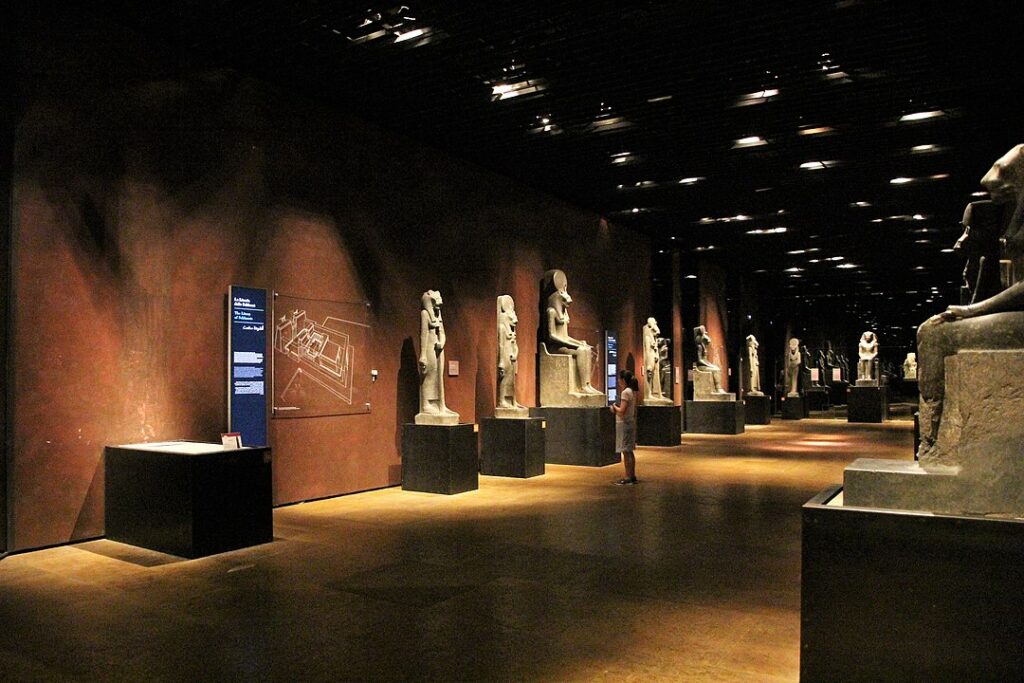Turin
Visiting Turin is like stepping into a regal past, where you can still breathe in the elegance of a city that was once a capital.
Founded in Roman times, Turin played a key role in the history of Italy: it was first the capital of the Duchy of Savoy, then of the Kingdom of Sardinia, and finally, from 1861 to 1865, the first capital of the Kingdom of Italy.
With its Baroque palaces and churches, elegant squares, and organised streets, Turin retains the understated charm of a royal city. It is also known for its role in the nation’s economic development, thanks to the automobile industry among others. In fact, it has long been the home of FIAT.
Today, in addition to its historical and commercial heritage, Turin is progressively developing as a modern and dynamic cultural centre, thanks to its universities, museums, and art institutions, making it one of the most vibrant cities in Italy.
What to eat
As well as representing the architectural elegance of Savoy history, Turin is also a city with a rich gastronomic heritage. From historic cafés to the most authentic trattorias, here are some of the specialties not to be missed.
Starting with a great classic of local cuisine: the agnolotti del plin. These are small ravioli closed with a pinch (plin), stuffed with meat and often served with a rich roast sauce. They are an absolute must-try at Scannabue or Tre Galline: the former has become a landmark in the San Salvario neighbourhood and beyond, while the latter is a true institution in the heart of the Quadrilatero Romano. At Pastificio Defilippis, one of the oldest pasta shops in Turin, it is possible to taste freshly handmade pasta, including agnolotti, or buy some to take home.
Another typical dish is the vitello tonnato: thin slices of veal served with a creamy sauce made from tuna, boiled eggs, anchovies, and capers. The recipe is believed to date back to the Savoy court in the 19th century.
While visiting Turin in the colder months, it must be tried the bagna cauda: a hot sauce made from garlic, anchovies, oil, and butter, into which raw seasonal vegetables are dipped. It is the ultimate dish of conviviality.
As for desserts, bonet is Turin’s signature sweet: a cold pudding made with cocoa and amaretti biscuits. Originating in the 18th century as a humble dessert, it is to be found on traditional restaurants’ menus.
Speaking of desserts, it’s impossible not to mention the gianduiotto: a Turin-born chocolate created in 1852 that blends dark chocolate with gianduja, the famous hazelnut spread from the Langhe.
Turin is also the city of historic and elegant cafés. Some of the most iconic include Baratti & Milano, an official supplier to the Royal Household, or Caffè Platti, known for its fine patisserie and splendid Art Nouveau interiors. Not to forget the Caffè Mulassano, where the tramezzino (Italian tea sandwich) was invented, and of course, the famous Caffè Al Bicerin, opened in the 18th century, where the namesake drink made with coffee, chocolate, and milk cream was born.












